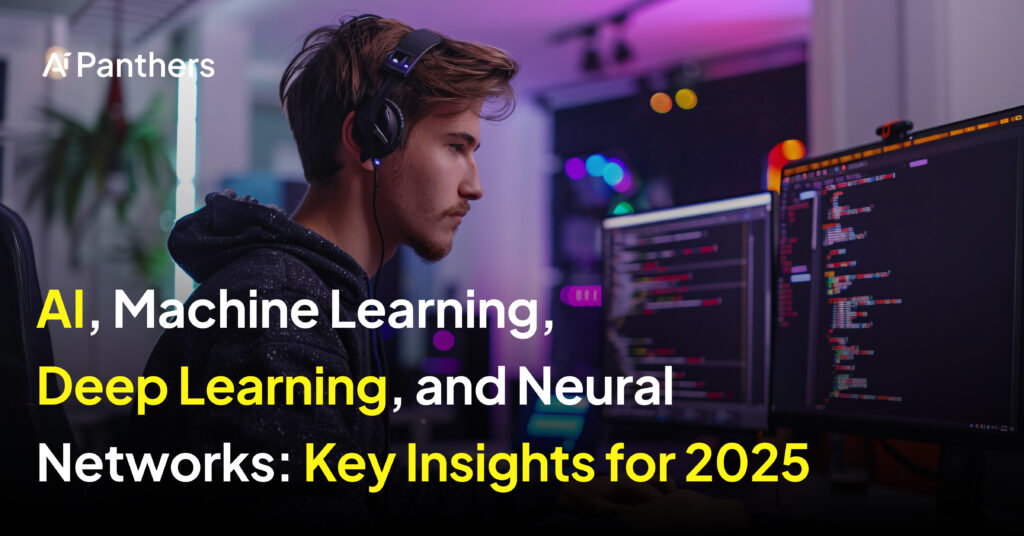
In today’s rapidly changing technological world, you often hear expressions like ‘enjoy machine learning systems'(automated reasoning),’Machine training'(ML),’Deep learning'(DL), and Neural systems familiar with supposing they mean the same thing. The current can be quite confusing! It’s crucial to know what distinguishes these thoughts from one another and how they relate to each other. They are used excessively in several multiple surroundings. This Web site will explain this difference and show how the relevant technology works.
A general designation for a machine type is intelligent automation, otherwise called automated reasoning. That’s how a machine can show its preference for intelligent humans. Machine intelligence covers a wide range of tools and tactics that assist machines in performing tasks that typically demand homosapiens abilities. The above applies to thinking, education, problem-solving, and comprehension speech.
AI can be divided into two main categories:
Automated reasoning is already having a huge effect on a number of businesses. There are many uses that improve performance and generate recent patches.
Machine learning is an element in AI. It focuses on creating procedures that help computers learn from statistics and predict. You give a clear manual during a usual appointment. However, in machine learning, the procedures are upgraded as soon as they see more information than is necessary for a longer period of time.
ML models learn from facts during their current train. In the information set, they find their shape and connection. In the course of the training, the model receives data alongside the correct answer for supervised learning. Model research statistics that do not contain any label in unsupervised research.
Machine learning has revolutionized various sectors:
Deep acquiring knowledge is a specific subset of machine learning which uses artificial neural relationships with different layers ( hence deep ” ) in order to study different parts of facts. DL has a reputation of gaining notoriety due to its success in managing unstructured information such as images, audio, and text.
Deep study of the dwell of the layer of interconnected nodes (neurons) that provides system contribution data in a manner similar to how the human brain works. The respective layer extracts more and more abstract features from the natural presentation. I mean, it’s a lot of money.
Deep learning models frequently require large amounts of label data for training due to their complexity, but can achieve remarkable accuracy in tasks such as image classification or native speech.
Deep learning has led to breakthroughs in several fields:
Deep learning processes are based on nervous relationships. They’re a computer model inspired by the neural networks of the homosapien brain. The nervous system dwells in layers.
Nervous partnerships adaptively gain understanding of their input signal using processes of admirable backpropagation, a method of reducing misinterpretations by adjusting weight based on the response of the previous end product.
To visualize their relationships, think of them as nested concepts:
This hierarchy can be illustrated as follows:
AI
└── ML
└── DL
└── Neural Networks
Key Differences:-
Feature | Artificial Intelligence | Machine Learning | Deep Learning | Neural Networks |
Definition | Mimics human intelligence | Learns from data | Uses layered networks | Structure for DL |
Complexity | Broad | Moderate | High | Moderate |
Data Requirements | Varies | Moderate | High | Varies |
Human Intervention | Varies | Requires some | Minimal | Minimal |
Use Cases | Chatbots, Robotics | Predictive Analytics | Image Recognition | Classification |
AI fields, ML, DL, and NN, are rapidly moving forward together with a number of significant trends shaping their course.
The future implications of advancements in these technologies are profound:
As such techniques progress at unprecedented rates, they retain a significant capability to transform fields and refine them worldwide.
Knowledge of the distinction between machine intelligence, machines acquiring knowledge, deep education, and nervous systems is compulsory for a voyage in the tools vista. While they are interlinked theories with overlapping functions, their functions are unique within the realm of intelligent automation.
In order to improve the assessment procedures and to propose innovative solutions in a number of areas, enterprises and individuals can better exploit such techniques, enabling them to enhance the assessment procedures and propose solutions in a number of areas.